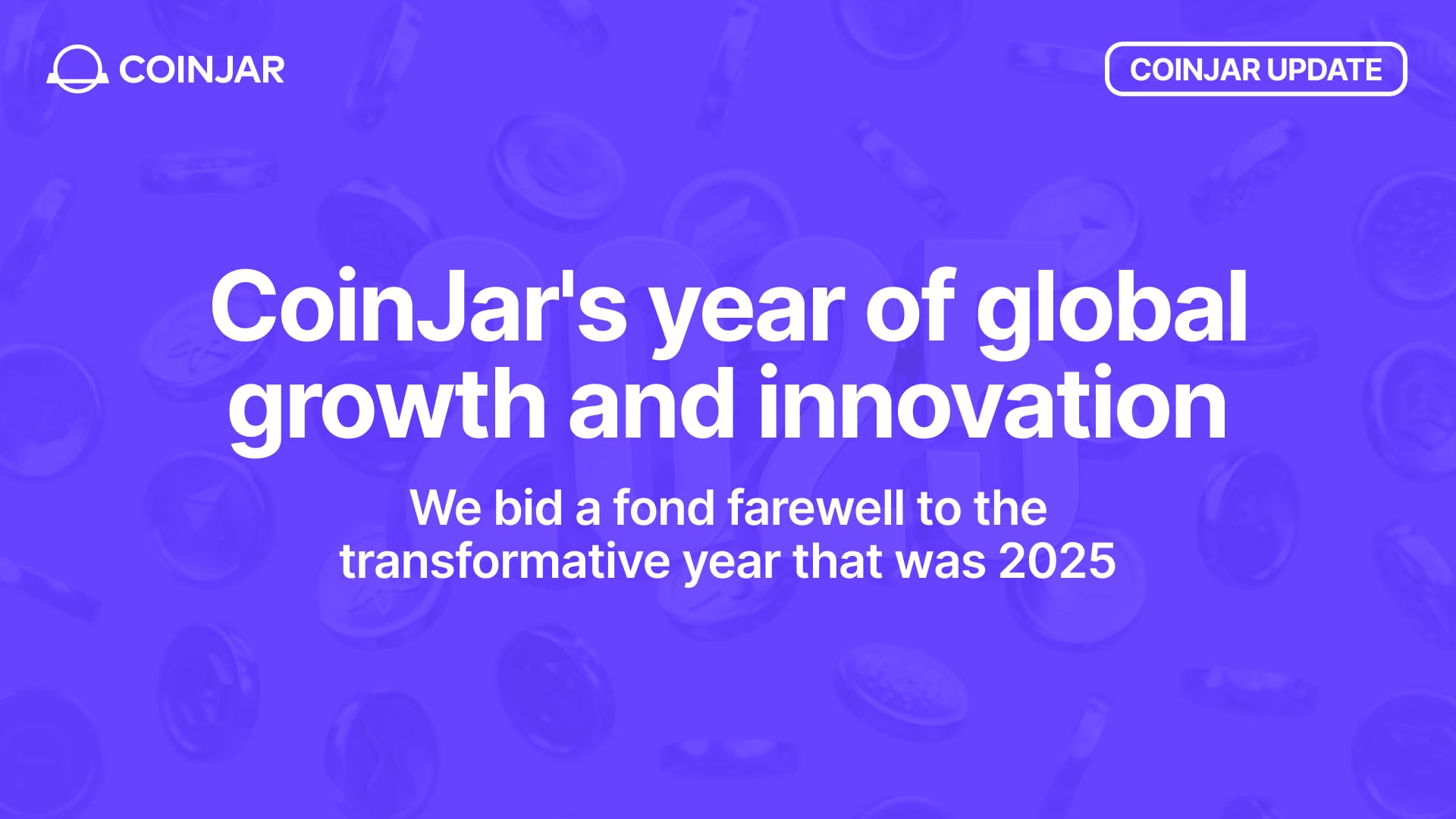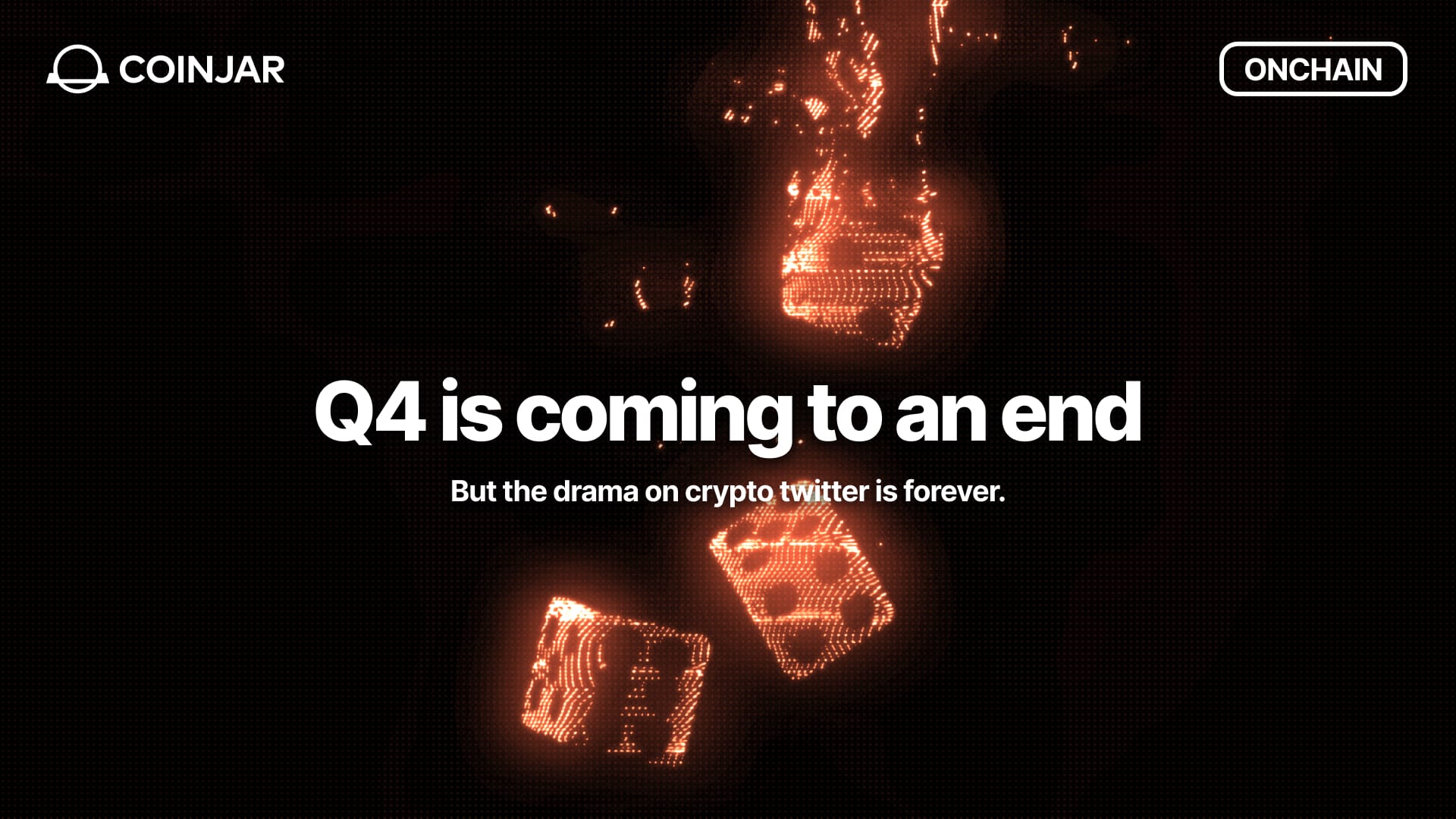Bitcoin’s Biggest Upgrade
June 17, 2021
Share this:

While El Salvador steals the spotlight, Bitcoin has quietly been finalising its first proper upgrade in four years.
Yeah, yeah. I get it. The President of El Salvador declaring that not only is bitcoin now legal tender in his country but that people should move there to mine crypto in one of their active volcanoes is the kind of event that tends to dominate the news cycle.
Prior to this, the primary function of a volcano was to offer Bond villains a nifty location for their secret lair. Now, apparently, it’s also where eco-conscious bitcoin miners can go to ensure they’re satisfying Crypto Lord Elon’s latest whims. Which is not exactly a sentence I envisaged writing at the start of the year.
But while this undeniably cool and very important thing was happening, the world’s Bitcoin miners were slowly coming to agreement over the most significant upgrade to Bitcoin’s code since the last Halving: Taproot. Here’s why it’s a big deal.

Get forked
If you’ve been around crypto for a while, you might remember the positively tectonic battles that led up to Bitcoin’s last major upgrade AKA the Block-Size Wars. Essentially, the bitcoin community tore itself apart over the question of whether the blocks being added to the blockchain should stay 1MB in size or grow to 8MB or more. (Tl;dr: bigger blocks = faster, cheaper transactions; smaller blocks = less risk, more decentralization, similar outcomes could be achieved with other innovations i.e. the Lightning Network).
The debate grew in ferocity until the big block faction used the occasion of the 2017 SegWit update to hard fork the Bitcoin chain and create Bitcoin Cash. And, you know, good on them for having a go with their cute little coin.
I’m telling this story to underline two things. One, developers don’t like changing the Bitcoin code because Bitcoin works pretty damn well as is – and its unchanging nature is part of its power. And two, things move slowly in Bitcoin world because trying to get consensus from a supermajority of both developers and miners is a hellishly tricky proposition.
At the root of it all
Which brings us to Taproot itself. Last week, 99% of Bitcoin’s hashing power signalled in favour of the Taproot upgrade, meaning that it will take effect in November. Given that Taproot was first proposed in early 2018, it’s safe to say this has been a long and complex process. Yet here we are and no-one is threatening to kill anyone else, which is a definite improvement on last time.
Taproot essentially does three things. It improves privacy by making it more difficult to work out which private keys are attached to any given transaction. It increases efficiency by reducing the amount of data each transaction needs to contain (also enabling better integration with the Lightning Network). And, most importantly, it allows for smart contract functionality AKA the thing that made Ethereum such a conceptual advance over Bitcoin itself.
None of this will make Bitcoin the best currency alternative, or dApp development platform, or privacy coin. But it will make it faster, stronger and more productive – and prove yet again that Bitcoin is more than simply a store of value, inflationary hedge or new form of money. It’s an entirely different and unique way of thinking about value. And it’s only getting better.
The above article is not to be read as investment, legal or tax advice and takes no account of particular personal or market circumstances; all readers should seek independent investment, legal and tax advice before investing in cryptocurrencies. This article is provided for general information and educational purposes only. No responsibility or liability is accepted for any errors of fact or omission expressed therein. CoinJar, Inc. makes no representation or warranty of any kind, express or implied, regarding the accuracy, validity, reliability, availability, or completeness of any such information. Past performance is not a reliable indicator of future results.
Share this:
On/Offchain
Your weekly dose of crypto news & opinion.
Join more than 150,000 subscribers to CoinJar's crypto newsletter.
Your information is handled in accordance with CoinJar’s Privacy Policy.
More from CoinJar Blog

Goodbye 2025: CoinJar's Year of Global Growth and Innovation
December 31, 20252025 saw CoinJar push into new regions and launch major product upgrades. Here's a preview of what lies ahead.Read more
Onchain: Q4 is coming to an end
December 17, 2025But the drama on crypto twitter is forever. Story One EoY reflections kicking in At least if you are to believe the one X article that has been all over my feed in the...Read more
Introducing Travel Rule Support for Your CoinJar Address Book
December 12, 2025Save time and simplify travel rule requirements for your crypto transactions. A new feature is now available in your CoinJar Address Book, designed to make your cryptocurrency...Read moreYour information is handled in accordance with CoinJar’s Privacy Policy.
Copyright © 2025 CoinJar, Inc. All rights reserved.
CoinJar, Inc. is a registered Money Services Business with FinCEN and licensed as a money transmitter, NMLS #2492913. For a list of states in which CoinJar, Inc. is licensed or authorized to operate, please visit here. In certain other states, money transmission services are provided by Cross River Bank, Member FDIC.
This site is protected by reCAPTCHA and the Google Privacy Policy and Terms of Service apply.